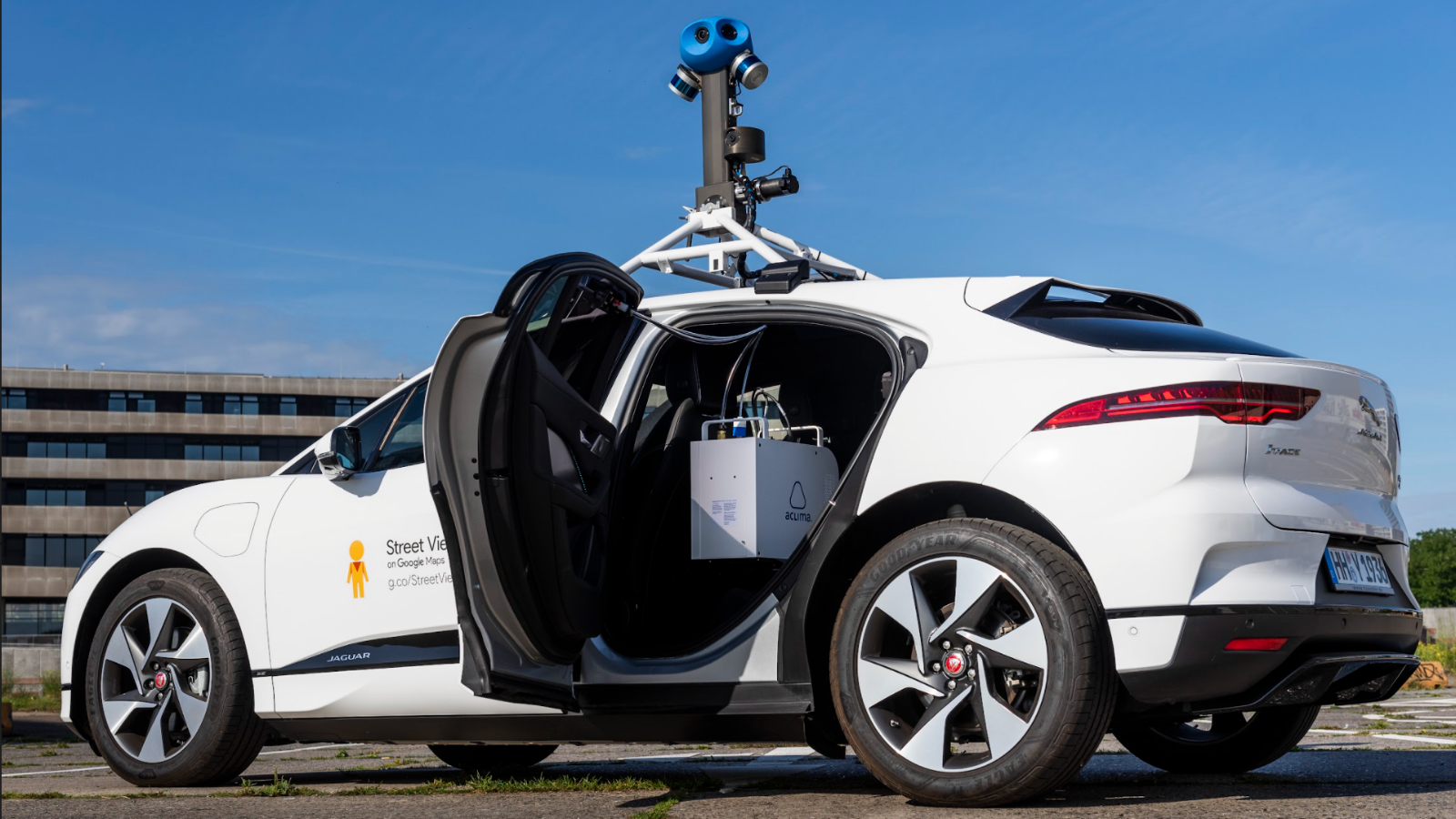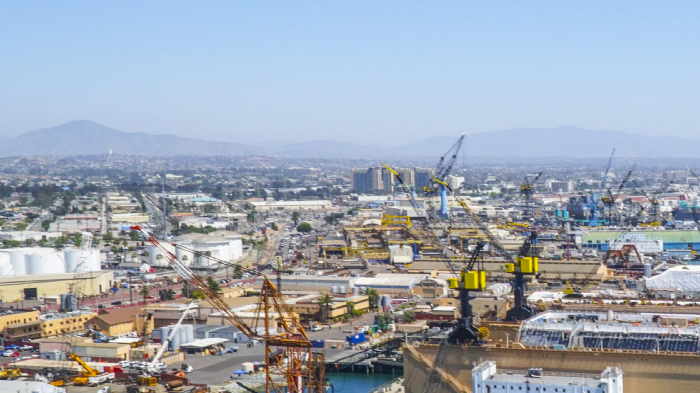By Davida Herzl, CEO & Co-Founder, Aclima
The hum of the buzzing honey bees living in our walls was gone. As a 9-year-old girl, it felt like an extinction. I knew they would never come back.
By that age, I had already amassed a vast collection of articles about endangered species from National Geographic magazines and the weekly science section of the San Diego Union Tribune. A child of the eighties, I tracked stories about the manatees in Florida being killed by boat rudders; about the fate of the golden toad in Costa Rica; and the history of the American Buffalo, a species that once numbered 60,000,000. You could say I was obsessed with extinction and the role humans had in stewarding our natural resources.
The bees had been a reminder that nature did not end at our walls. In fact, our walls were the perfect location for their growing hive. For years, my parents did everything they could to gently dissuade the bees, but they kept coming back. And the buzz kept getting louder. That was when my parents decided to take extreme measures, and had entire sections of wall removed from our house. Magnificent honeycomb structures, vertical cities dripping with honey, had been hidden from view all that time. I was in awe and filled with questions about the hidden hexagonal networks, and the thousands of bees inside them, working in unison. My science project that year, and every one that came after, explored visible and invisible patterns in nature. Life was held together by networks, by invisible rules, in a balance — an equilibrium — that I deeply wanted to understand.
Decades later, I spent the summer of 2014 in the center of a unprecedented science experiment in Denver. The experiment involved three Google Street View Vehicles equipped with a new technology to map air pollution and greenhouse gases and make the invisible visible. My company Aclima, which I had co-founded years prior, was the force behind this innovation. We had never combined so many different complex components — software, hardware, ducts, pumps, inverters, meteorological equipment, electrochemical and optical sensors, and so forth — all into a single package. It was a technical challenge brimming with risk, but it was a chance to understand, at an urban scale, the human and environmental interactions that produced the infamous “Brown Cloud” that often settles over the Mile High City.
My fascination with extinction had grown up. The organisms which used to occupy my fascination — manatees, tree frogs, and bees — were now a part of a larger question. A question that now encompassed what my childhood hero, Carl Sagan, called the “pale blue dot.” Our planet. Now, the question that propelled me was so much bigger: what are the tools for adaptation that will help us thrive in our increasingly populated world, tools which could help both people and the planet live in a healthy unity? Our experiment in Denver demonstrated that a new category of environmental information was part of the answer to this existential question.
Today, Aclima joins the 2017 class of World Economic Forum Technology Pioneers tackling some of the most pressing challenges facing humanity. This comes on the heels of our announcement of breakthrough research out of Oakland, CA with Google and the Environmental Defense Fund, which resulted in one the largest data sets in the world about hyperlocal air quality. After years of R&D and scientific validation, we are committed to bringing this new layer of environmental intelligence to cities around the world. Now more than ever we want to empower cities, companies, and citizens to realize a movement towards lasting reductions of polluting emissions.
At Aclima, we are proving a thesis about nature’s systems and our relationships with them. Human health and planetary health are interdependent — in fact, they are one and the same. This idea seems obvious if we observe ourselves from afar. At that distance, there are no political boundaries to speak of, no lines or walls between nations. We are part of a single organism and we share a common skin. To quote Carl Sagan once again, “Molecules don’t have passports … You put CFCs or Carbon Dioxide up above one country and the circulation of the earth’s atmosphere carries it all around the world.” This is a simple fact. Each breath we take connects us to each other and the world.
Until now, we haven’t fully had the tools to see this basic reality. The system we’ve developed at Aclima gives us this hyperlocal view — allowing us to see pollution block-by-block, understand our personal exposure — and see the role our choices play in affecting our immediate surroundings. This new capability can transform the way we build cities, where we site our schools and hospitals, the routes we take on an afternoon run, how we deliver healthcare to populations afflicted with respiratory disease, or how we manage climate emissions across states like California and in cities like Paris, Beijing, or London.
I can still remember that gentle hum of bees that lived alongside us. A reminder that we’re surrounded by nature’s signals and constantly interacting with systems so much bigger than ourselves. Today’s technological progress has expanded our understanding of who we are and what we’re made of. And now that progress is expanding our understanding of our role in the natural world. Through data, we give nature’s signals a voice. Through understanding, we can generate new insights to improve our communities. And through the creation of new knowledge, we are given the tools to act, to measure and to scale solutions that work, as we address climate change as a global community.
Let’s fully capture this moment for what it is — an opportunity to evolve into a more compassionate, equitable, and environmentally intelligent world.
Share this
You May Also Like
These Related Stories

Aclima and Google Now Measuring Air Pollution and GHGs Block by Block in Hamburg

New Interactive Report: San Diego Portside and Border Community Air Quality

/2022_Aclima_Logo_Mist_500px_wR.png?width=501&height=193&name=2022_Aclima_Logo_Mist_500px_wR.png)
